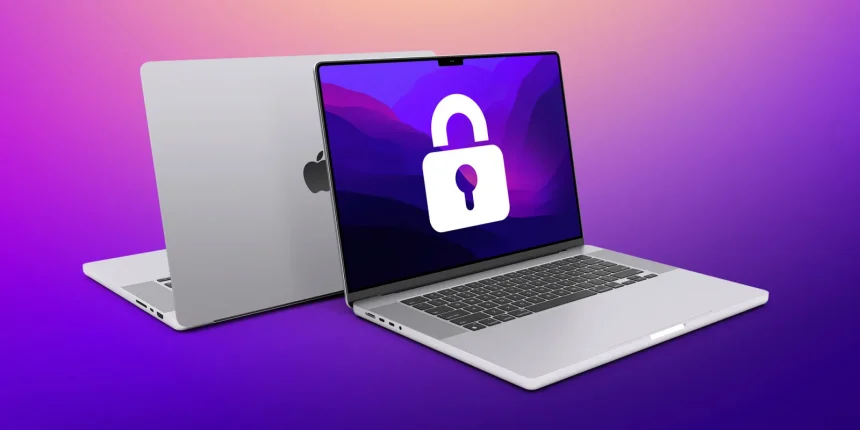Ransomware is a type of malicious software designed to block access to a computer system or data until a sum of money is paid. This form of malware encrypts the victim’s files, making them inaccessible, and demands a ransom for the decryption key. Ransomware attacks have become increasingly sophisticated and widespread, targeting individuals, businesses, and even critical infrastructure. Understanding the nature of ransomware and how specific variants operate is crucial for protecting your data and systems.
Lynx Ransomware: A Detailed Overview
The Threat of Lynx Ransomware
Lynx Ransomware is a recent addition to the growing list of ransomware threats. It operates by encrypting files on the infected system, appending a specific extension to the filenames, and demanding a ransom for the decryption key. Upon installation, Lynx Ransomware performs several malicious actions to ensure maximum impact and a higher likelihood of ransom payment.
Installation and Functionality
Lynx Ransomware typically infiltrates systems through phishing emails, malicious attachments, or exploiting vulnerabilities in outdated software. Once executed, it performs the following actions:
- File Encryption: The ransomware scans the system for various file types, encrypts them, and appends a “.lynx” extension. For example, a file named “document.docx” would be renamed to “document.docx.lynx”.
- Ransom Note Delivery: After encrypting the files, Lynx Ransomware creates a ransom note, typically named “readme.txt” or similar, in each affected directory. This note provides instructions on how to pay the ransom and decrypt the files.
Consequences of Infection
The presence of Lynx Ransomware on a system can be devastating. The victim loses access to their important files, which can include personal documents, business data, and critical system files. The ransom note left by the attackers typically contains threats to permanently delete the decryption key if the ransom is not paid within a specified timeframe.
The Ransom Note
The ransom note for Lynx Ransomware is a crucial component of its operation. It usually contains the following elements:
- Ransom Amount: The sum of money demanded, usually in cryptocurrency, to ensure anonymity.
- Payment Instructions: Detailed steps on how to make the payment, often including a cryptocurrency wallet address.
- Deadline: A time limit for the victim to pay the ransom, after which the decryption key may be destroyed.
- Contact Information: An email address or website for victims to contact the attackers for further instructions.
Purpose and Threat
The primary purpose of Lynx Ransomware is financial gain. By encrypting the victim’s files and demanding a ransom, the attackers aim to extort money from individuals or organizations. The threat it poses is significant: loss of data, financial damage, and potential identity theft.
Symptoms and Detection
Signs of Infection
If your system is infected with Lynx Ransomware, you might notice the following symptoms:
- Inability to open files with a “.lynx” extension.
- Presence of ransom notes in affected directories.
- Increased CPU and disk activity during the encryption process.
- Unusual system behavior or performance issues.
Detection Names
Different anti-malware tools may detect Lynx Ransomware under various names. Here are some common detection names:
- Trojan.Ransom.Lynx
- Ransom.LynxCrypt
- Win32.LynxRansom
Similar Threats
Other ransomware threats that you may encounter include:
- WannaCry: A notorious ransomware that exploits vulnerabilities in Windows systems.
- CryptoLocker: One of the early ransomware variants, known for its widespread impact.
- Locky: A ransomware that spreads through email attachments and encrypts a wide range of file types.
Comprehensive Removal Guide
Removing Lynx Ransomware requires careful steps to ensure complete eradication and data recovery. Here’s a detailed guide:
Step 1: Isolate the Infected System
- Disconnect the system from the internet to prevent further encryption or data exfiltration.
- Avoid connecting external storage devices to the infected system.
Step 2: Enter Safe Mode
- Restart the computer.
- Press F8 (or the appropriate key for your system) before Windows loads.
- Select “Safe Mode with Networking” from the menu.
Step 3: Use Anti-Malware Tools
- Download and install SpyHunter from a clean, uninfected computer onto a USB drive.
- Boot the infected system in Safe Mode.
- Install SpyHunter from the USB drive.
- Perform a full system scan to detect and remove Lynx Ransomware.
Step 4: Restore Files
- If you have backups, restore your files from a clean backup.
- Use decryption tools if available, but beware of unreliable sources.
Step 5: Reconnect and Monitor
- Reconnect your system to the internet.
- Monitor for any unusual activity or signs of reinfection.
Preventive Measures
To prevent future infections, follow these guidelines:
- Regular Backups: Maintain regular backups of your important data on external drives or cloud storage.
- Update Software: Keep your operating system and software up to date to patch vulnerabilities.
- Use Anti-Malware Tools: Install and regularly update reliable anti-malware tools like SpyHunter.
- Be Cautious Online: Avoid opening suspicious emails or downloading attachments from unknown sources.





